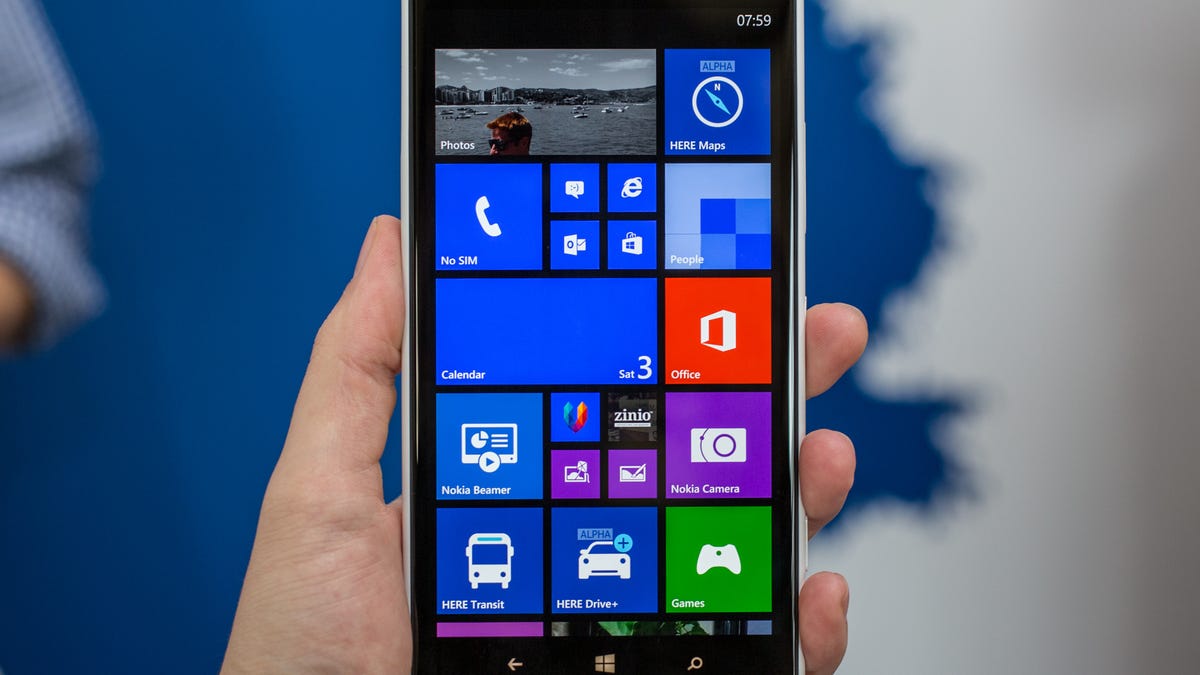Breakthrough: Nokia surges on Microsoft's home turf
Lumia unit sales jump well over 300 percent year over year in North America, a market Nokia has struggled to crack. That's good news for owner-in-waiting Microsoft.

It has been a long time coming, but Nokia finally had a breakout quarter in North America.
The company reported third-quarter results that showed marked progress in North America, traditionally a market it has struggled to crack. Revenue in the region jumped nearly 500 percent to 214 million euros ($293.5 million) year over year, while unit sales increased 367 percent to 1.4 million.
That's good news for Microsoft, which is set to take over Nokia's devices business, bringing its smartphone know-how in house to further augment its Windows Phone business. What small progress Windows Phone has made in the market has largely been driven by Nokia's Lumia smartphone line. While Microsoft has global ambitions for its platform, it's nice to see a little life flicker in its home market.
Windows Phone's market share ticked up slightly to 3.9 percent in the second quarter, according to Strategy Analytics. That's still a far cry from Android's 80 percent share and Apple's 13.6 percent share. But given the progress of Nokia, Windows Phone's position should improve in the third quarter.
Indeed, Nokia had a lot to brag about in the period. The company narrowed its loss from 959 million euros a year ago to 91 million euros ($125.3 million), while it swung to an operating profit of 118 million euros. The company also sold a record 8.8 million Windows Phone-powered Lumia smartphones.
But it's the progress in North America that is the standout number in the period. While 1.4 million smartphones isn't much in absolute terms (Apple sold 33.8 million iPhones last quarter), it's a notable achievement for a company that hasn't had much brand awareness here.
Since the
Nokia's early efforts were besieged by splashy, but ineffective campaigns touting it as the first real smartphone, which didn't help when early models of the
But Nokia worked to expand its portfolio, bringing in Lumia phones for Verizon Wireless and T-Mobile. The company, of course, reserved its latest flagship,
It likely has helped that Microsoft's broad push on Windows 8 has gotten more users familiar with the tile-based operating system, as the two platforms share many similarities.
Carolina Milanesi, an analyst at Gartner, attributed the increase in sales to success with the Lumia 1020, as well as with the
"So Nokia had a window of opportunity," Milanesi said. "The Lumia 928 at Verizon plugged a hole in the portfolio in the affordable, but high-specs device lineup, while the Lumia 1020 at AT&T was heavily pushed by marketing and gave a good upgrade path to Lumia 900 users who would have come up on their contract renewal."
Even its
So while its legacy business of older basic smartphones continues to decline, its newer Lumia smartphone and budget Asha phone lines appear to have some leg. Microsoft will have something solid to work with as it attempts to take share away from giants Apple and Google.

